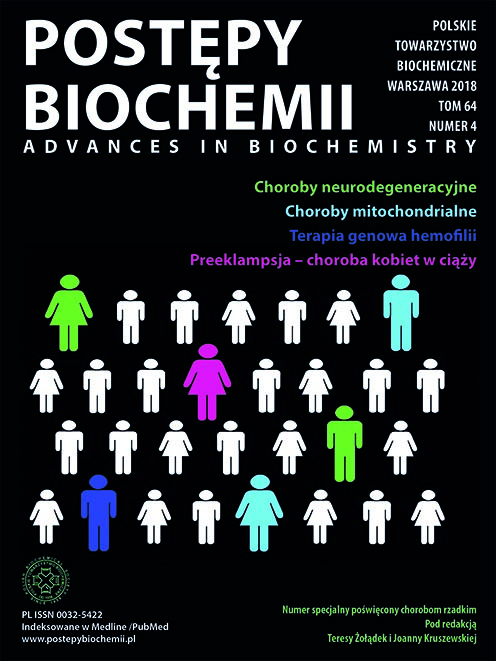Genodermatoses â pathogenesis and molecular diagnostics
DOI:
https://doi.org/10.18388/pb.2018_149Abstract
Genetically determined skin diseases, genodermatoses, are a group of rare disorders characterized by heterogeneous clinical course, prognosis and complex molecular pathology. In Epidermolysis Bullosa (EB) and Mendelian disorders of cornification (MeDOC) epidermal dysfunction occurs. Mutations in several dozen genes have been identified to be responsible for clinical symptoms of EB and MeDOC, which, in general, include: tendency to blister formation with skin fragility and abnormal keratinization, respectively. However, clinical symptoms of these diseases can be variable and genotype-phenotype correlations are only partially determined. Molecular diagnostics aimed at identification of mutations in affected individuals enables verification of clinical diagnosis, calculation of disease recurrence risk in other family members and, gradually, is also the basis for new therapies development. Nevertheless, even modern molecular technologies allow mutation detection in 80% of patients only. Hence, further, interdisciplinary scientific research are needed in order to increase detection rate and develop effective therapies.
Downloads
Published
Issue
Section
License
All journal contents are distributed under the Creative Commons Attribution-ShareAlike 4.0 International (CC BY-SA 4.0) license. Everybody may use the content following terms: Attribution — You must give appropriate credit, provide a link to the license, and indicate if changes were made, ShareAlike — If you remix, transform, or build upon the material, you must distribute your contributions under the same license as the original. There are no additional restrictions — You may not apply legal terms or technological measures that legally restrict others from doing anything the license permits.
Copyright for all published papers © stays with the authors.
Copyright for the journal: © Polish Biochemical Society.




